


SERHIY SAVCHENKO
у цих полотнах уже звучало передчуття криз, які тільки наближалися.
«Я тоді не міг пояснити, звідки ці образи. Вони просто з’яв-
лялися. Але сьогодні я бачу, що це було передчуття — крик, якого ще не чули, але який уже народжувався», — говорить
Сергій Савченко.
Сьогодні цей ремікс — 12 монументальних «голів» розміром
2×2 м та групові портрети хористів — постає не лише як виставка, але й як перформативний досвід зустрічі. Особливість
експозиції полягає у рішучому художньому ризику: ці гранично
експресивні, напівабстрактні полотна впроваджені
криком. Повторю-
із темними проваллями ротів формує серійний парафраз «Крику» Едварда Мунка — образу, який став універсальним символом жаху й екзистенційної самотно-
сті. Тут ці роти перетворюються на «крикомовчання»: голоси, що водночас промовляють і завмирають у тиші, створюючи
особливий ритм жахливого та людяного.
«Тематика історії та нерідко безглуздість її драматичних
незмінно турбує та непокоїть мене. У цих творах я намагаюся її осмислити. Це не крик
постмодерністська
обличчя, образи, що проглядають з його полотен,
їх щільним бронзово-металевим
“Singing”.
Recitatives of Silent Screams in the Foyer of the Lviv Opera
“Singing” is a kind of remix of an earlier large-scale concept — a continuation of the series “The Other,” first presented in 2010 at the Week of Contemporary Art in Lviv and at GogolFest in Kyiv. Back then, these works emerged as an irrational, almost intuitive artistic gesture created between 2008 and 2012, at a time when no one yet spoke openly about the catastrophes of the modern age or about war — and yet the canvases already carried a foreboding of crises still approaching.
“At the time I couldn’t explain where these images came from. They simply appeared. But today I see it was a premonition — a cry not yet heard, but already being born,” says Serhiy Savchenko. Today this remix — twelve monumental “heads” measuring 2×2 meters and group portraits of choristers — becomes not only an exhibition, but a performative encounter. Its distinctiveness lies in a decisive artistic risk: these intensely expressive, semi-abstract canvases are embedded within the interior of the Lviv National Opera. In the foyer, where audience typically rests during intermission, they will find themselves facing the gothic sensibility of these images — a choir of faces that both sing and fall silent, generating an affective field that is hard to bypass.
In their seriality, the works appeal to the idea of recitative: an unbroken visual chant on the edge of a scream. The repetition of rounded faces with dark mouth-cavities forms a serial paraphrase of Edvard Munch’s “The Scream” — an image that has become a universal symbol of horror and existential solitude. Here those mouths turn into “silent-screams”: voices that speak and freeze into silence at once, establishing a distinctive rhythm of the terrible and the humane.
“The theme of history — and the frequent senselessness of its dramatic repetitions — unsettles and troubles me unceasingly. In these works I try to think it through. This is not a cry about what has already happened, but rather about what lies ahead. At the same time, we must remember that the world of imagination is governed by its own temporal points of reference,” Savchenko notes.
In the foyer of the Lviv Opera these images acquire yet another dimension: here, where music conveys the broadest ranges of human feeling — from tenderness to suffering — Savchenko’s painting becomes a visual choir that resonates with the space and the viewer. It is a dialogue between past and present, art and history, the human being and their echo in a world once again experiencing a time of great upheavals.
Marianna Fopkins. Lviv, 2025
“Singing Heads. The Choir.”
Votive images – and, conversely, the image of a human addressing higher powers – have been known in art since antiquity. In a certain sense this is a “blind” head, its eyes shut in a sacred, divine, Homeric trance, now seemingly turned only toward its own providential world. Such an image “turns the sound all the way up,” granting the painting an additional, previously unknown audio-dimension – a vivid, forceful musical declarativity.
The “Singing Heads” appear as a circle inscribed within the square (2×2 m) of the canvas, like that ancient mystical, unresolved “quadrature of the circle.” The open mouth, as the driving idea of song, is of course depicted. This dominant sets a wide field for interpretation, unleashing a stream of allusions and associations. Above all, however, it is song that reads as an absolute thirst for sound – a cry, even a challenge. This sound is a phenomenon of the transcendent dimension, akin to spiritual hunger, akin to Bach’s Passions. The dark aperture on the face may reveal itself as erotic rapture, as a cry, as suffocation.
These “holes,” as in Lucio Fontana’s canvases, seem to pose a question to depth – to the untouched space behind the canvas – functioning as slit and chasm into an otherworldly, unknown dimension. It is always the dark, even tragic, side of the face – like a ceramic actor’s mask of ancient Greek theatre, whether comic or tragic. One cannot ignore, either, the erotic associations of such an image, for the consumption of the body is a well-known phenomenon of postmodern anthropology. Andy Warhol also comes to mind – his serial arrays of monotonous portraits as both method and result of mass contemplation and enforced consumption. This is true postmodern semantics – a stream of meanings, eroded signs. The faces that look out from these canvases – with their dense bronze-metal casting of a broad oval – somehow implant a traditional Eastern, immobile contemplativeness into the tense, dynamic space of contemporary and future avant-garde art. It appears as an untiring accumulation of negations and counter-negations – the only way to manifest the true ontological and spatial structure and fullness of form. The anxious semantics of apertures, the choral multiplicity, and the monumental scale of the images together prise open the customary fixed boundaries of easel painting.
Dmytro
Korsun. Lviv, 2008
кричать і стогнуть воєдино… Це «криковболівання» творить емоційну атмосферу, яка перегукується з «криком» Едварда Мунка, образу, що став універсальним символом жаху, який
ми сьогодні, в час війни, відчуваємо наживо і як
трагедію, і як виклик. Хорова множинність «крикомовчання», «криковболі-
вання» у фоє Львівської національної опери творять суголосно сцені театру монументальний масштаб
зображень, постмодерністську семантику, викликають у кожного з нас індивідуальні емоції та асоціації.
Василь
Співаюча
Singing head
oil , acrylic on canvas. 200x200 cm, 2010
Serhiy Savchenko, as a person and an artist, creates his own world as a visionary phenomenon defined by an inner, divine Freedom.
His cycle “Singing”, installed within the jubilee walls of the Lviv National Opera, is a choir of faces that both sing and keep silence — or, in our present “here and now,” cry out and groan in unison.
This “cry-lamentation” shapes an emotional atmosphere that echoes Edvard Munch’s The Scream—an image that has become a universal symbol of horror, which today, in a time of war, we experience firsthand both as tragedy and as challenge.
The choral multiplicity of “silent-screams” and “cry-lamentations” in the Opera’s foyer, resonant with the theatre’s stage, generates a monumental pictorial scale and a postmodern semantics—summoning in each of us intensely personal emotions and associations.
Vasyl Vovkun
General Director – Artistic Director
Lviv National Opera



Singing head
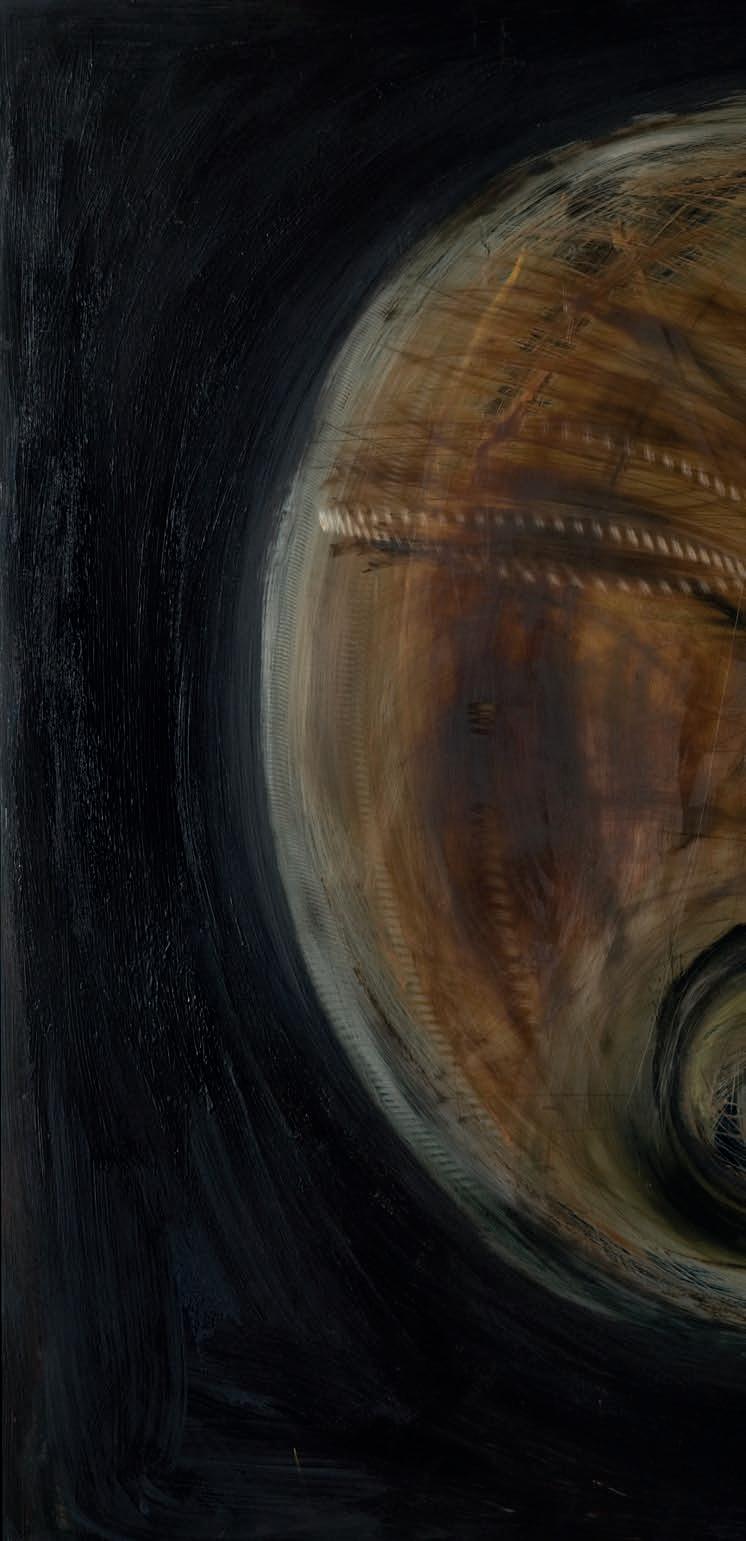
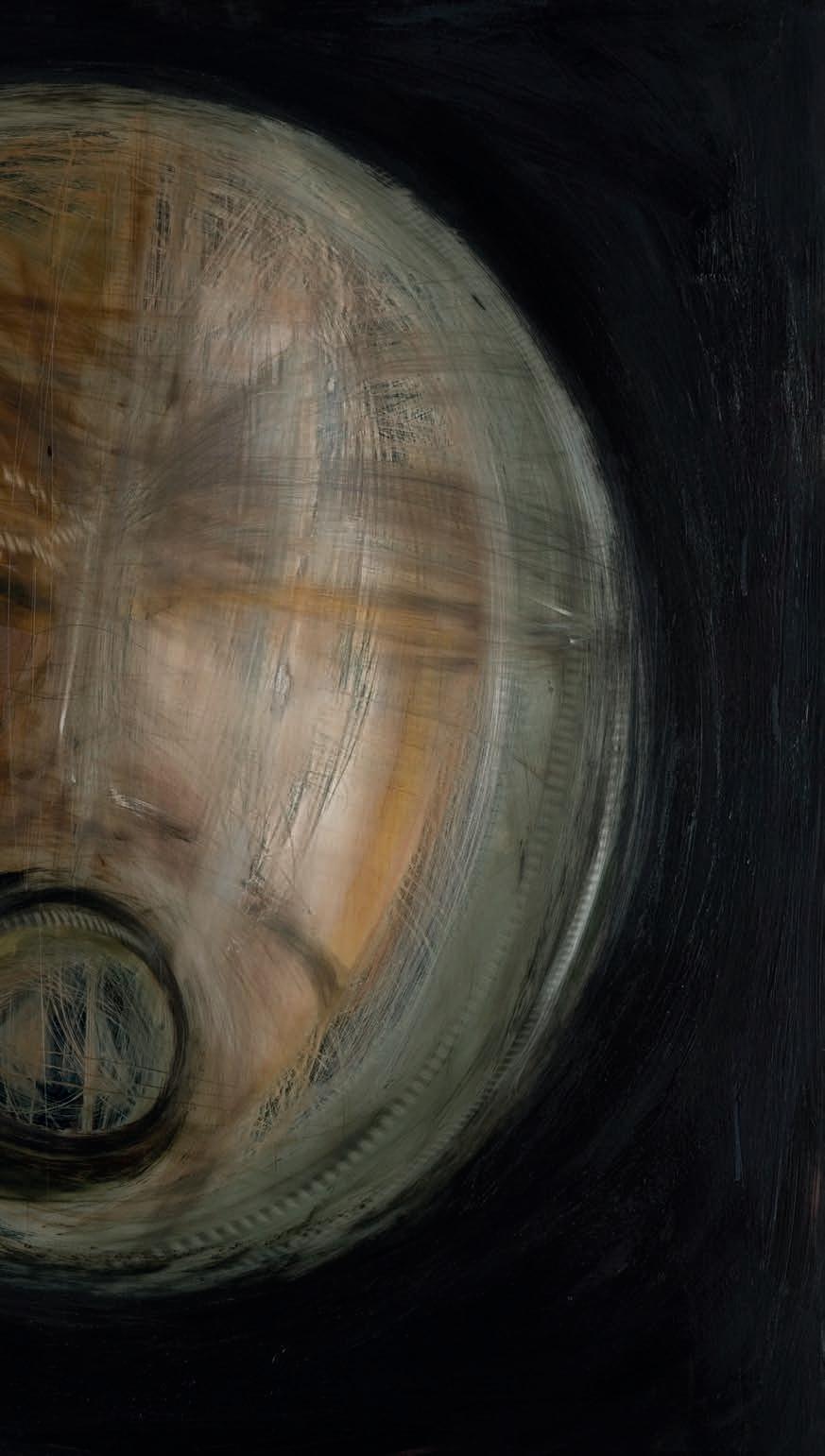



/ Singing heads
oil , acrylic on canvas
cm, 2009

/ Singing heads
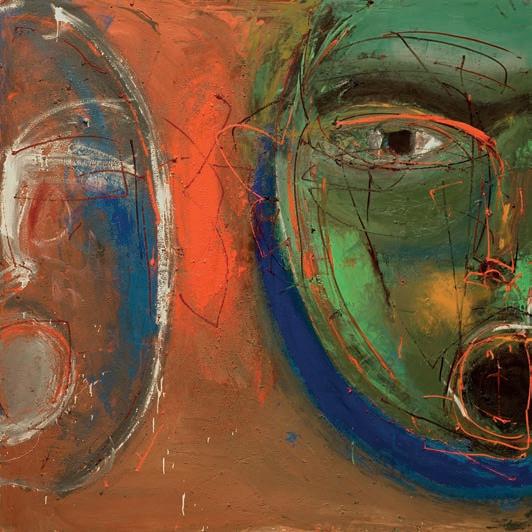

/ Singing heads
oil , acrylic on canvas
cm, 2009


/ Singing heads
oil , acrylic on canvas 200х200 cm, 2009


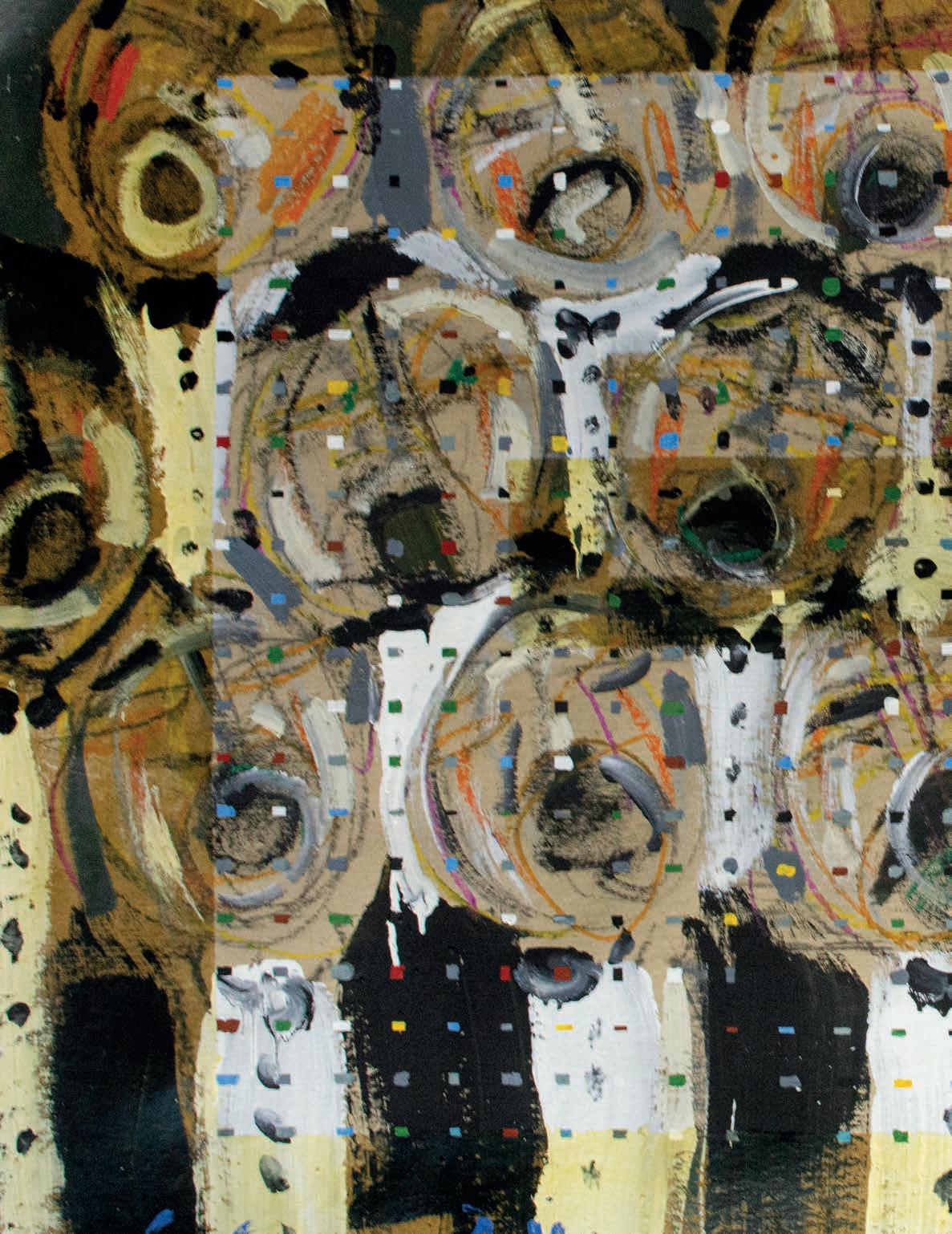
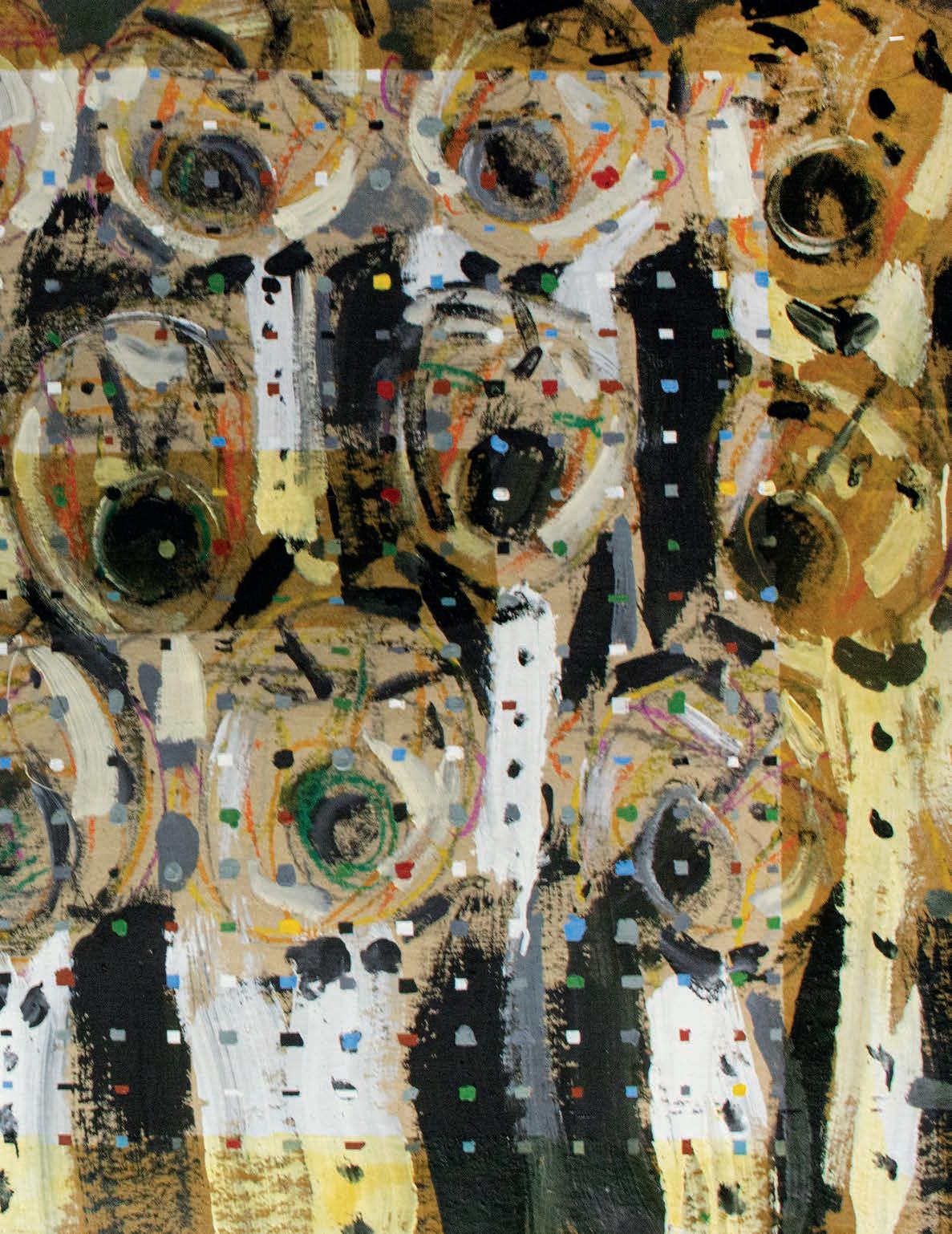
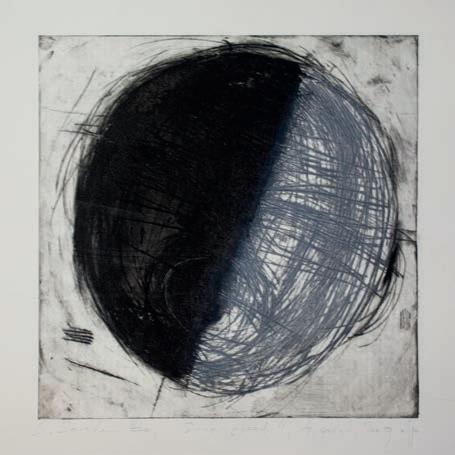
Співаюча головa/ Singing head
офорт, суха голка.etching, dry point 30x30 cm, 2009
Співаюча головa / Singing head
олія,
/ oil, acrylic on canvas 200 × 200 cm, 2009





Співаючі голови / Singing heads, суха голка, dry point 30x40 cm, 2009

Хор (триптих)/ The Choir, (triptych) олія, акрил на полотні / oil, acrylic on canvasl, 150x300 cm, 2010


Хор (триптих)/ The Choir, (triptych)
на
/ oil, acrylic on canvasl, 150x300 cm, 2010
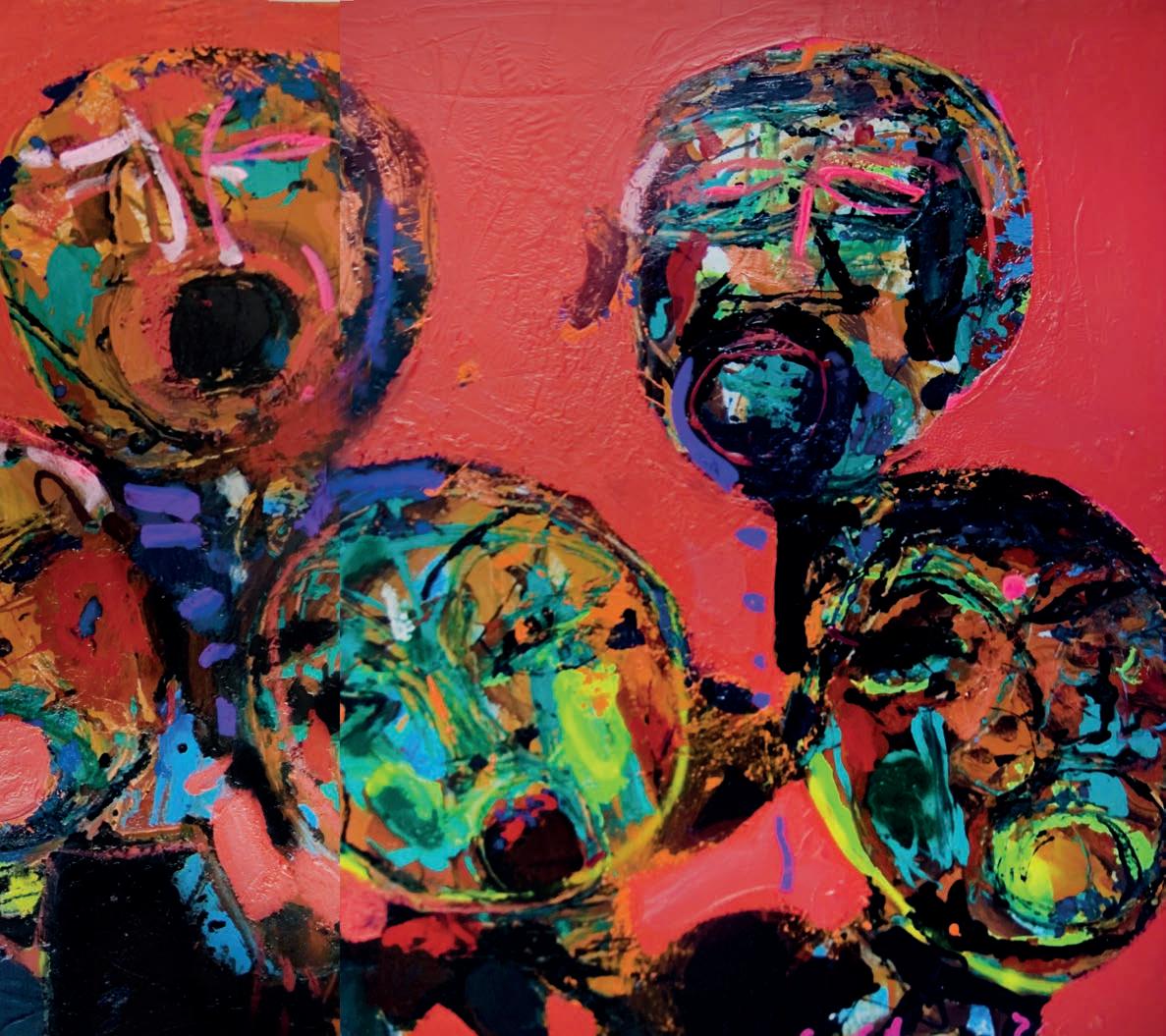


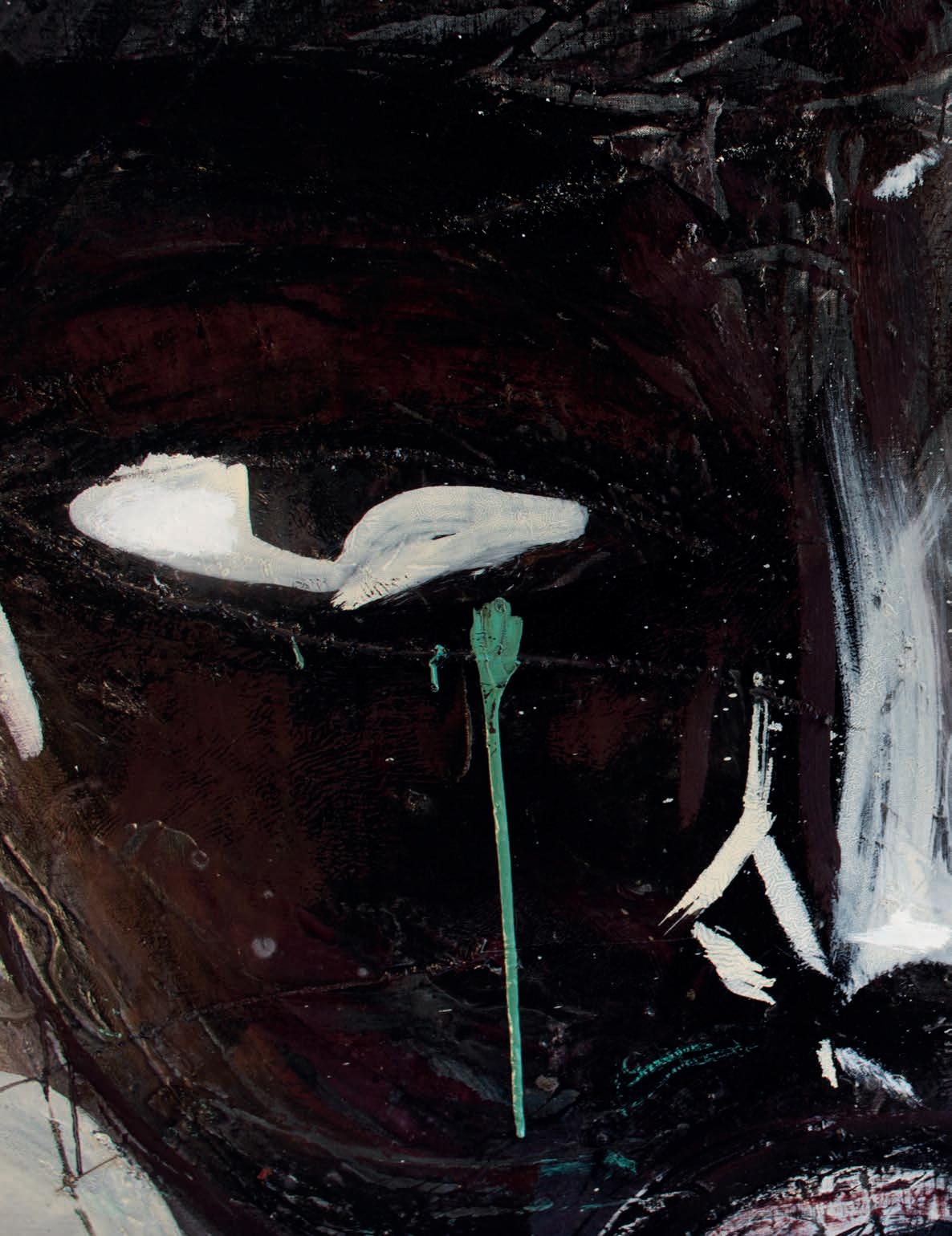

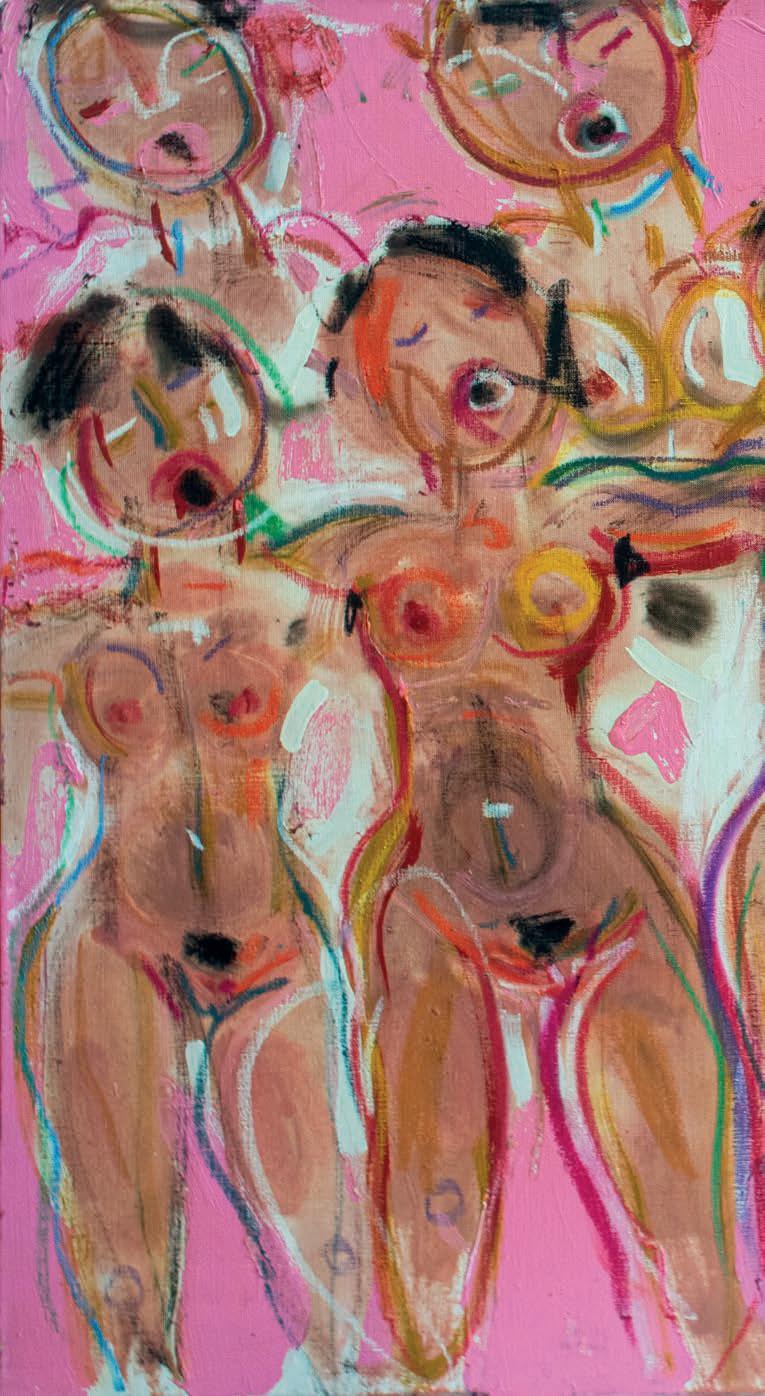

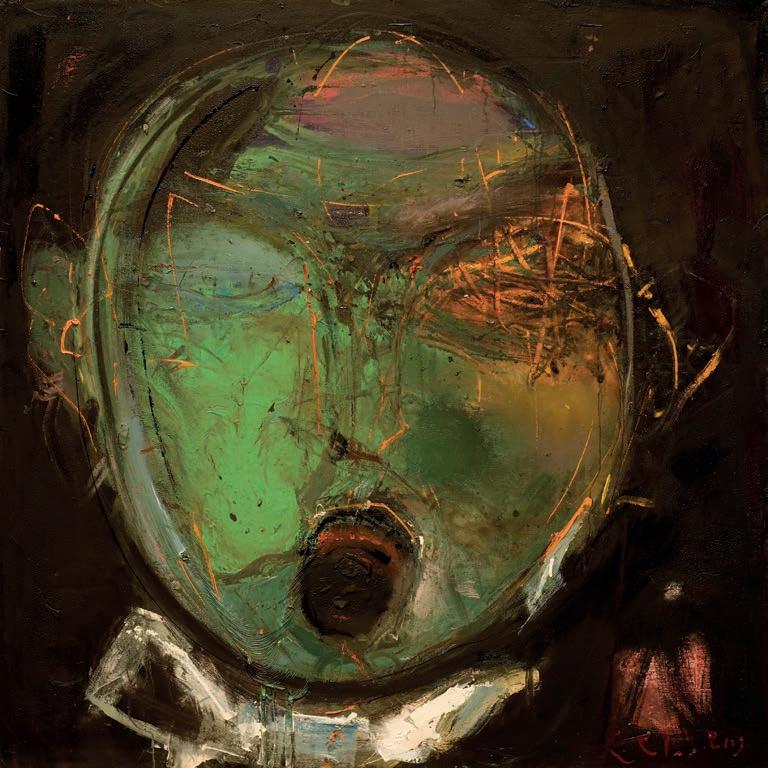
/ Singing head
/ oil, acrylic on canvas
200 × 200 cm, 2009

/ Singing head
/ oil, acrylic on canvas
200 × 200 cm, 2009






















































































